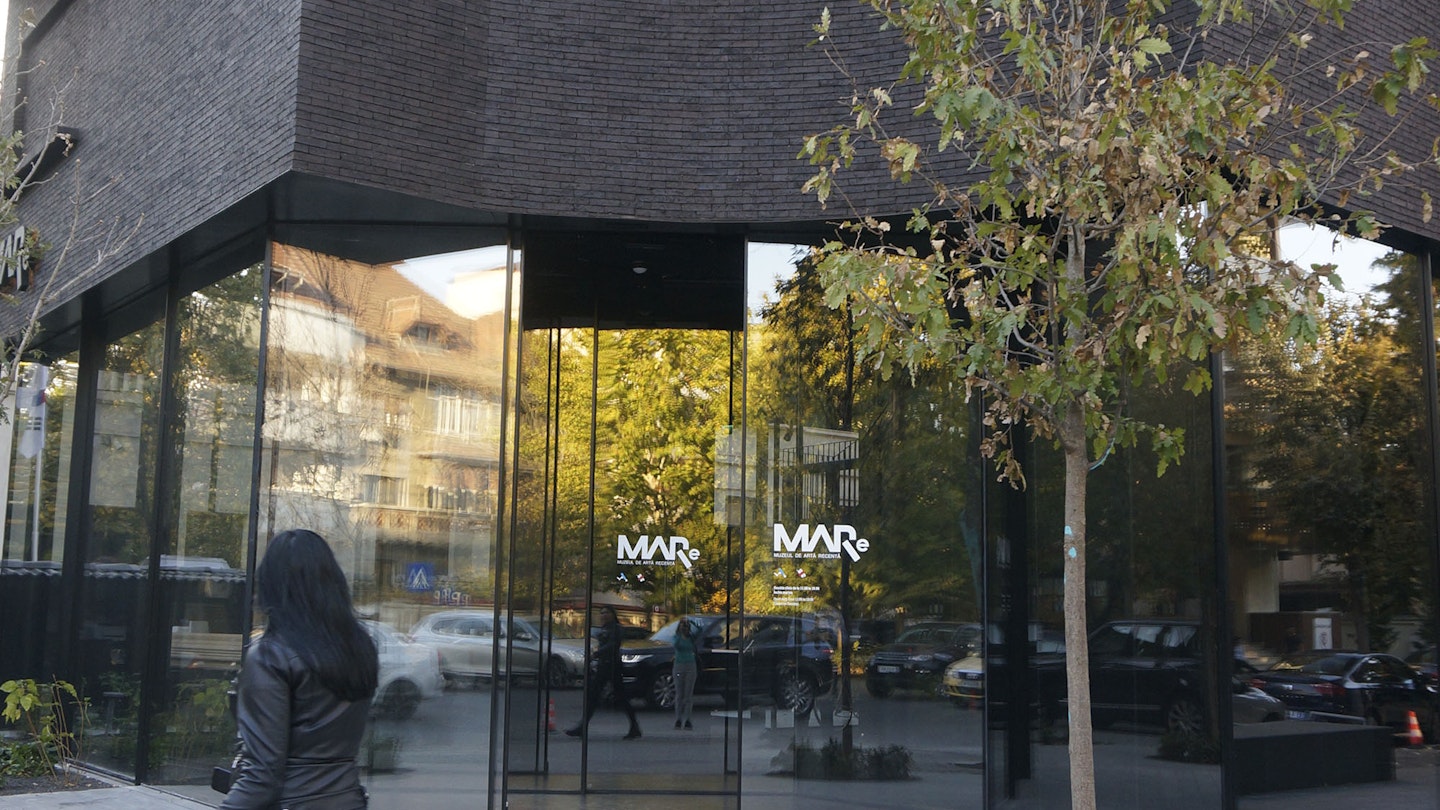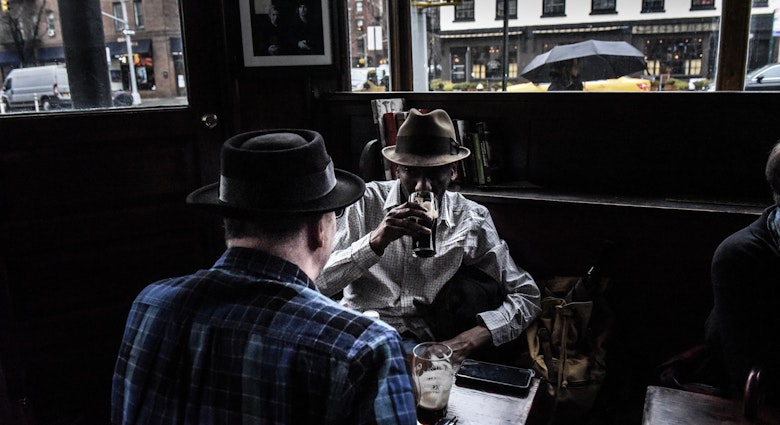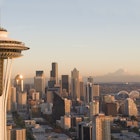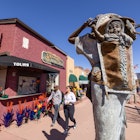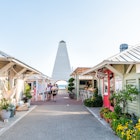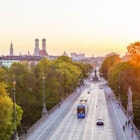This October marked the opening of The Museum of Recent Art (MARe) in Bucharest, the first private museum to open since 1910. Located in the exclusive Primăverii district, it’s a few blocks down from the main residence of former communist leaders Nicolae and Elena Ceauşescu (now open as the Spring Palace Museum).

Inaugurated in 2018, a symbolic year in which the country celebrates 100 years of unification as modern Romania (when Transylvania, Bukovina and Bessarabia were united to the Romanian Kingdom), the museum features a permanent exhibition of Romanian art from the 1960s onwards, as well as temporary exhibits of Romanian and foreign artists.
With over 150 pieces, displayed in a new building covering 1200 sq m, MARe offers a unique perspective on the challenges Romanian artists faced during and after the communist regime. July 1965 marked a significant milestone, following the ninth congress of the Romanian Communist Party, when the official ideology disintegrated the dogma of socialist realism in order to encourage “stylistic diversity” in the arts. Without exceeding the limits imposed by the regime, this allowed artists ignored by then to reach higher recognition and express more freely.
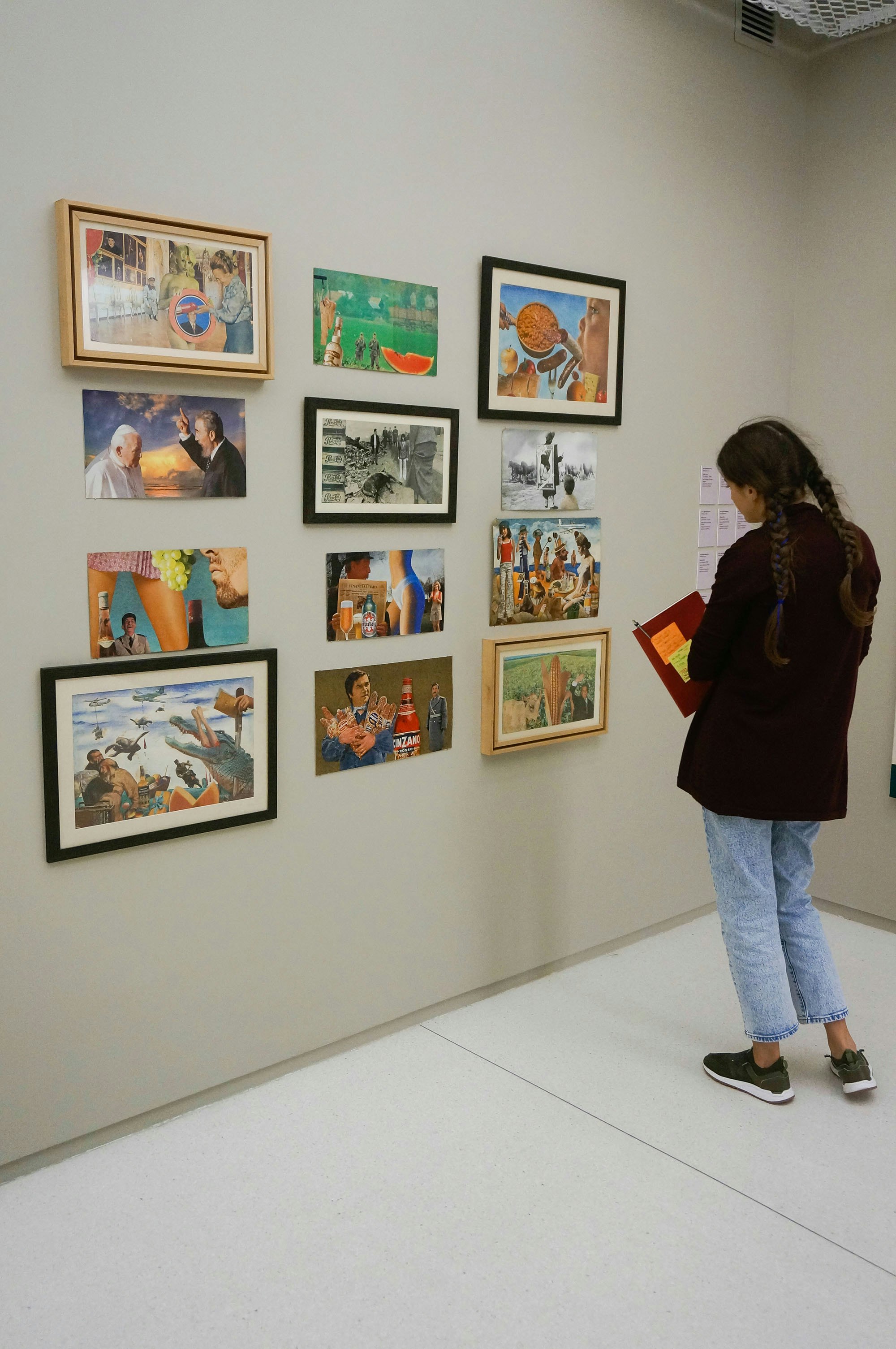
“What a foreign visitor can find in Romanian art is, on one hand, a huge repository of official art of the communist regime, a sort of Disneyland of communist propaganda, and on the other an extremely rare element in contemporary international art - a profoundly religious, militant, even mystical art, which proceeds from the canonical symbolism of the Prolog group (established in 1985, still active nowadays) to the unconventional ultra-orthodoxism of Marian Zidaru,” says Erwin Kessler, Director of MARe.
“For the visitor who isn’t seeking sensationalism alone, a real breakthrough can be the work of Ion Ţuculescu, whose major, Expressionist-abstract work, with totemic-archaic nuances, deeply anti-realist and non-communist, was created during the most atrocious cultural Stalinism, without having the slightest touch neither with this, nor with the Western art of the time. This shows that the original, subjective freedom of consciousness and the creative force survived and broke through even under the conditions of a fully controlled, manipulated society,” Kessler points out.
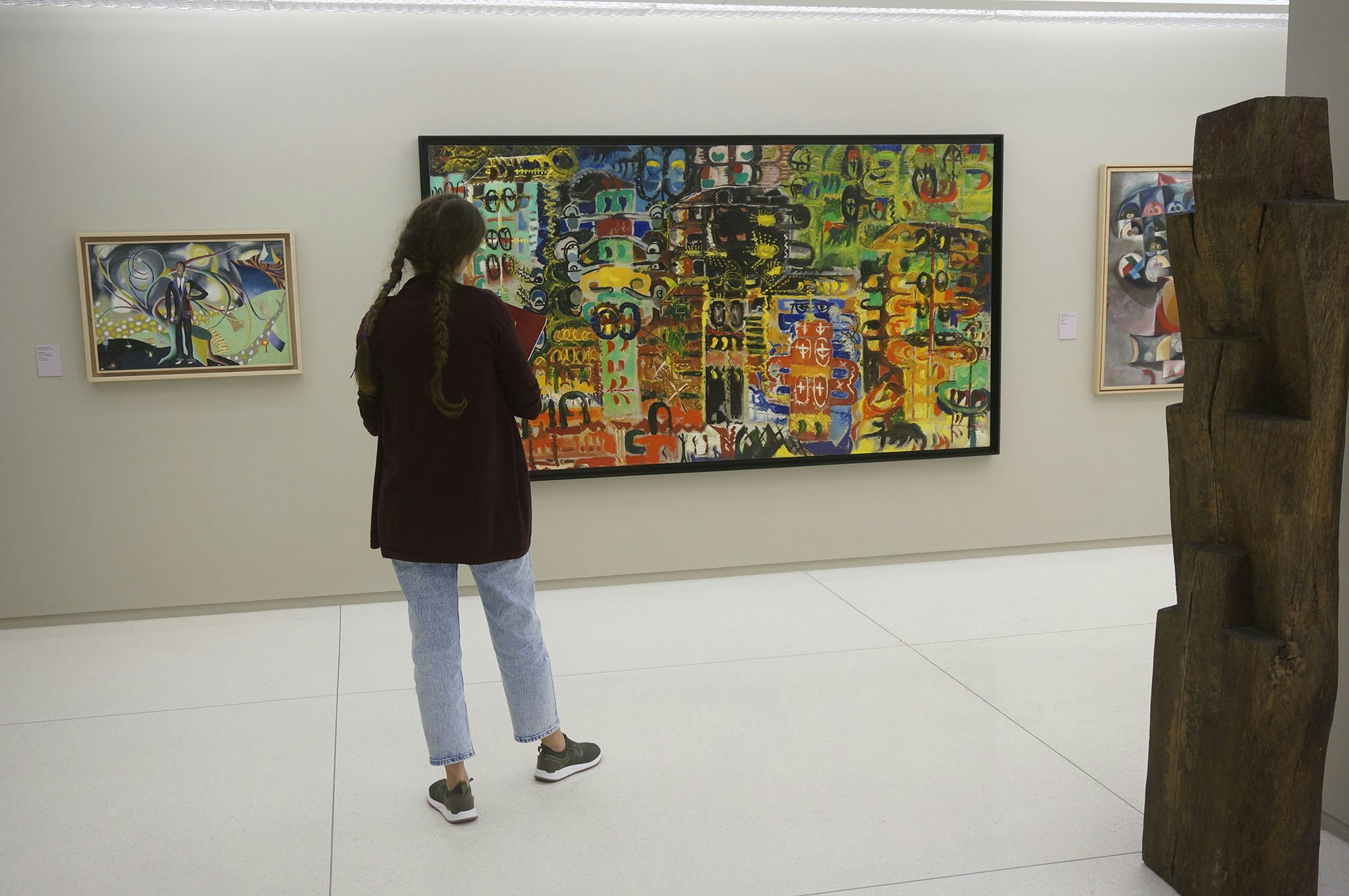
Alongside Ţuculescu, the neo-constructivist Sigma group from Timişoara represents another benchmark in Romanian modern art. Its initiators from the late 1960s and early 1970s, Roman Cotoșman and Ștefan Bertalan engaged in a parallelism between art and science, obsessed with structures, cybernetic and bionic. Their colleague, Constantin Flondor, went on to cofound the Prolog neo-orthodox group in 1985. In contrast to Prolog, the appearance of the Rostopsca group around 2000 in Bucharest recorded an unprecedented Neo-Dada impetus in post-war Romania. And then there is the pop-art work of Ion Bârlădeanu, whose collages were the subject of an HBO documentary film that won the Emmy Award.
But what’s interesting at the Museum of Recent Art is not the artwork alone, but the setting in which it’s displayed. First conceived as a private villa in 1939, the original building served as temporary residence to Ana Pauker, a Romanian communist leader and foreign affairs minister between the late 1940s and early 1950s. Redesigned by Youssef Tohme Architects and Associates, YTAA had the task of preserving the historical element of the edifice (including preserving the bunker in the basement), while recreating a new modern building with its own identity. The project took three years.
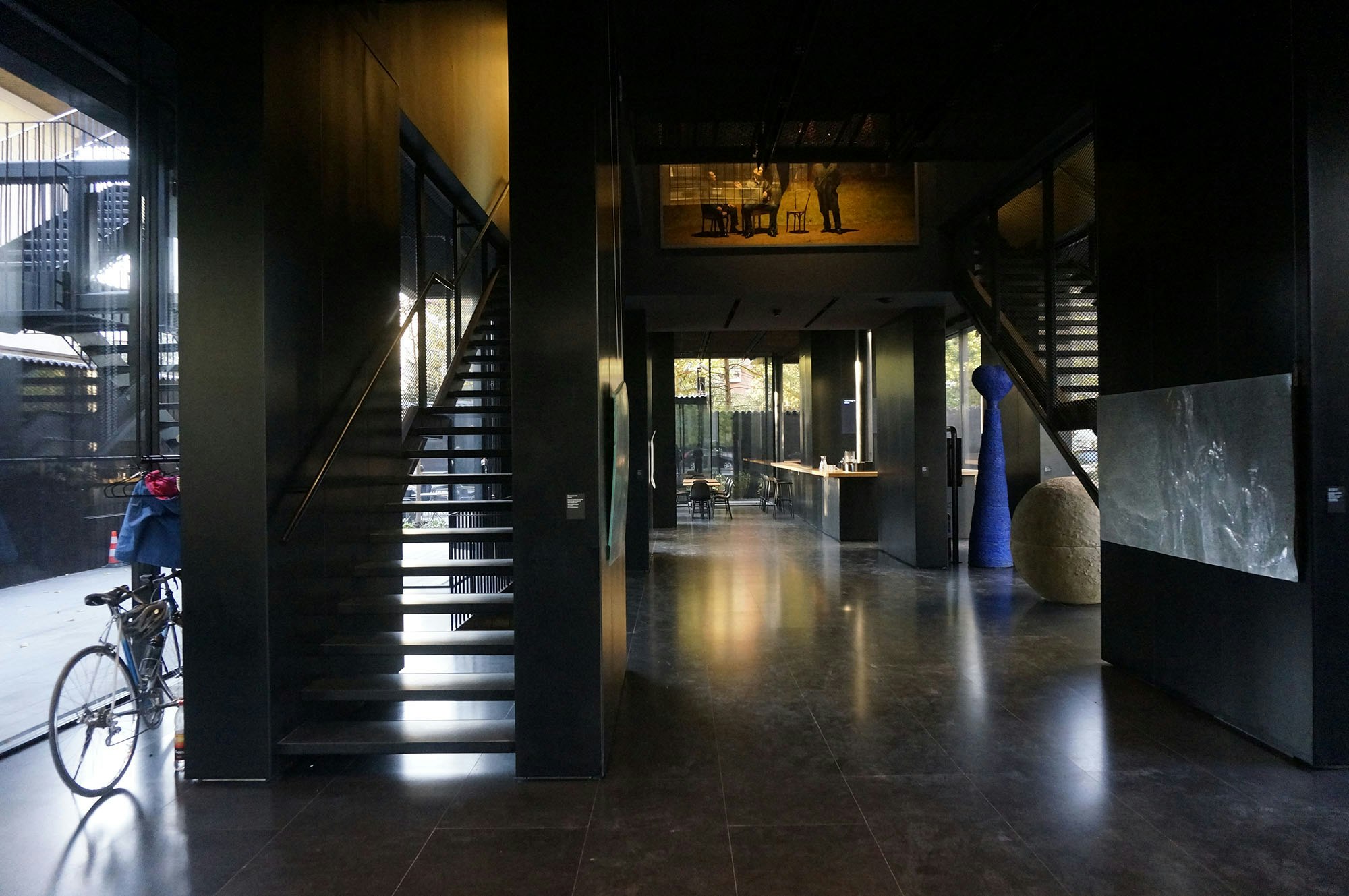
The new MARe Museum features an innovative five-floor structure with a monolith façade, whose black-brick colour references the totalitarian regime Romania was under; inside, an airy, non-conventional space with a labyrinth of corridors and hallways, ignited by a light-flooded atrium jutting from the ceiling. The opening of the museum comes with the exhibition “Men” by world-renowned Canadian artist Jeff Wall, on display until 28 January 2019.
Besides the exhibition space, the museum includes an auditorium reserved for experimental music and film, a library, a cafeteria, a shop and a garden. The rooftop terrace overlooking Bucharest will feature metal sculptures.
By Monica Suma
